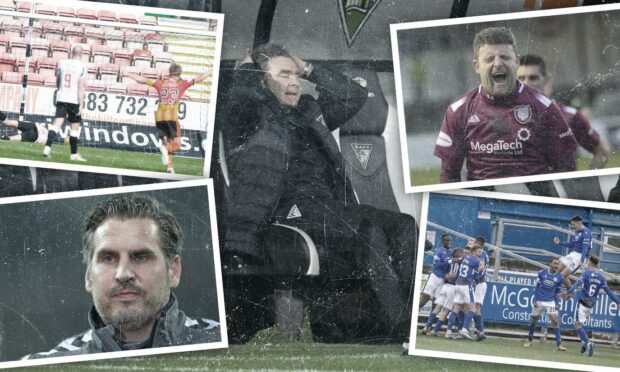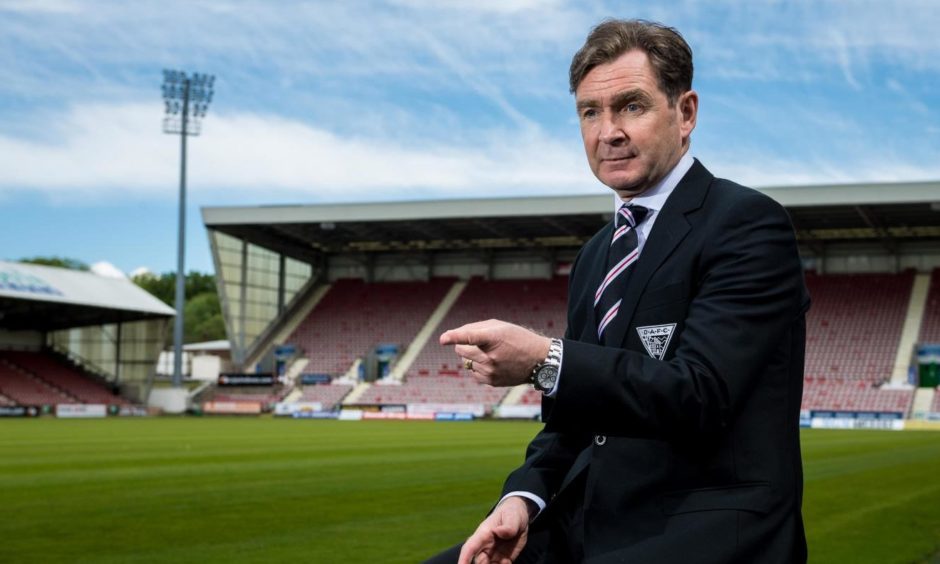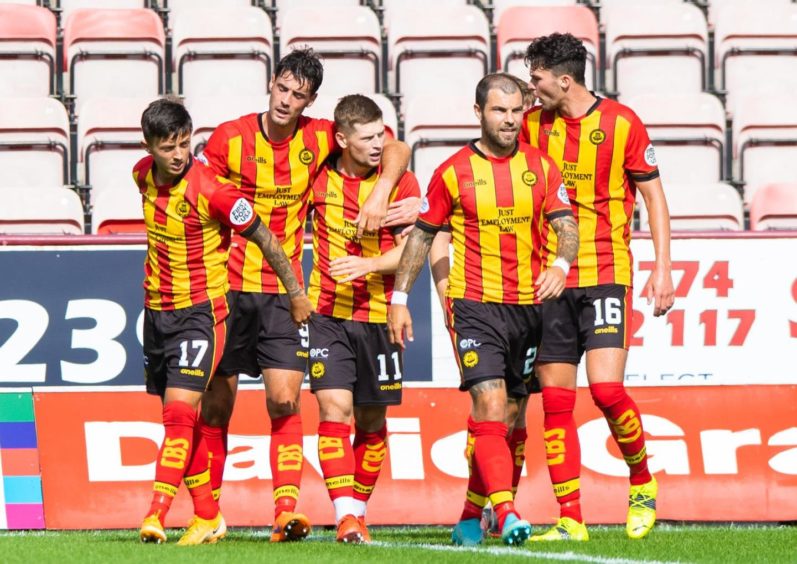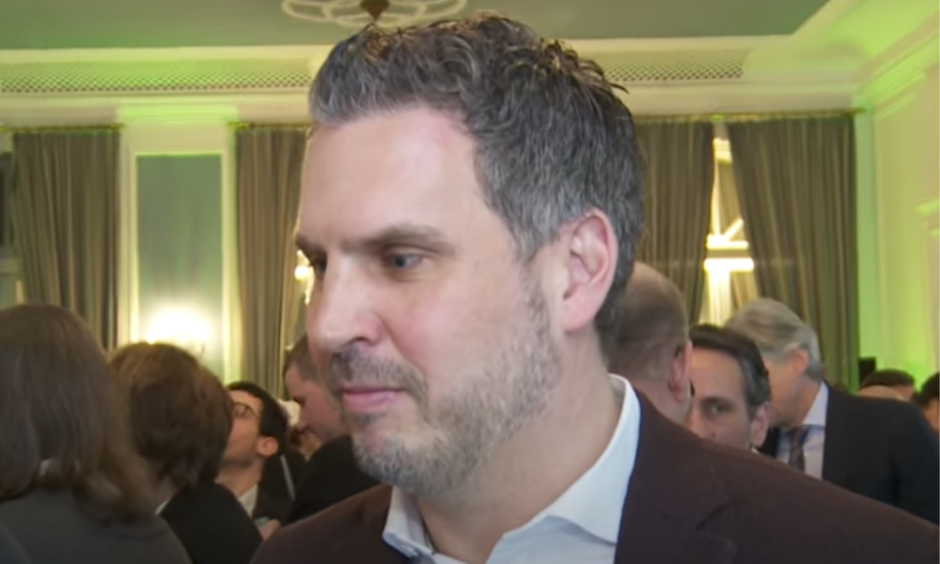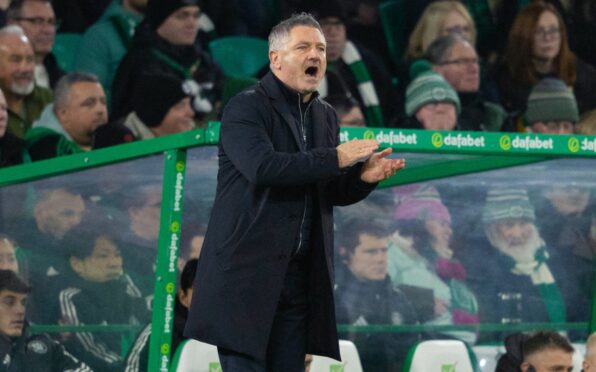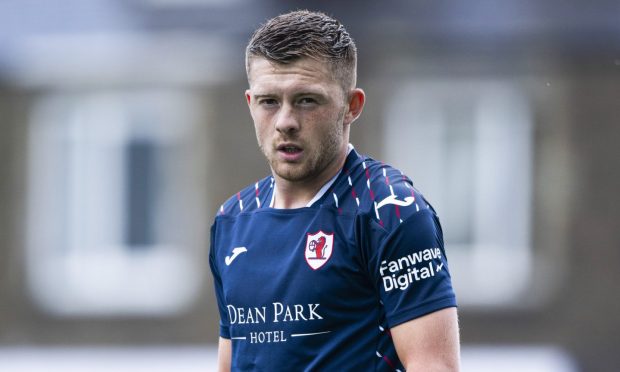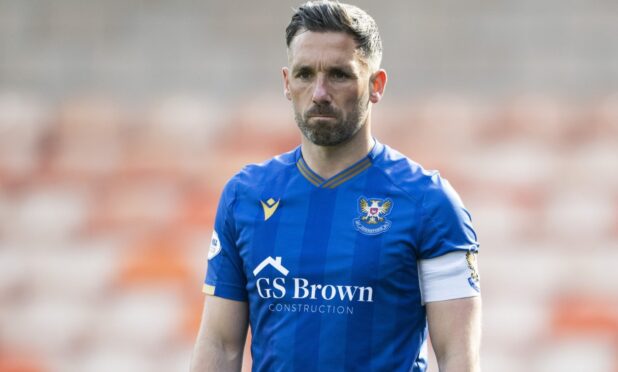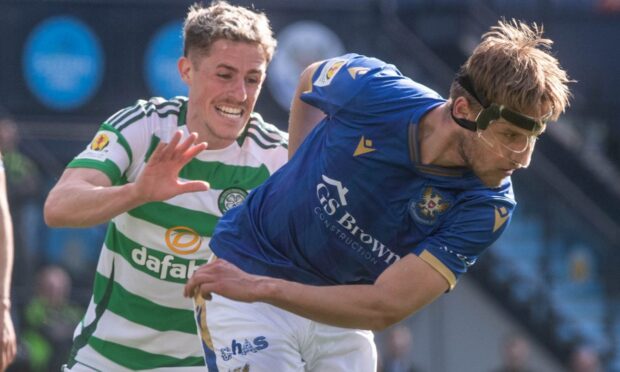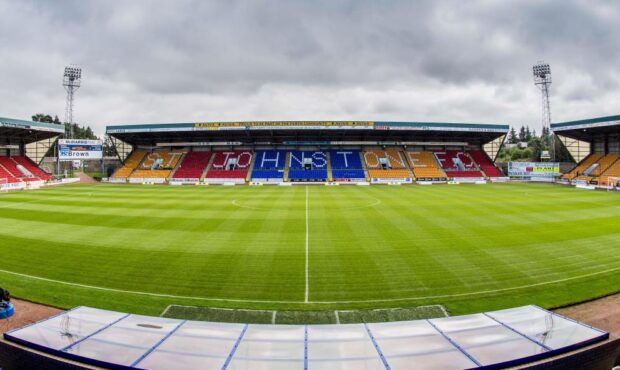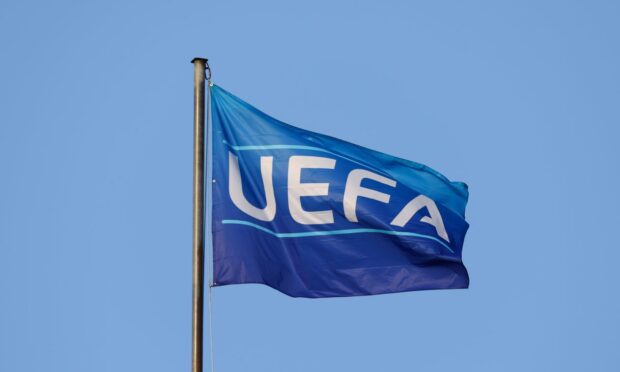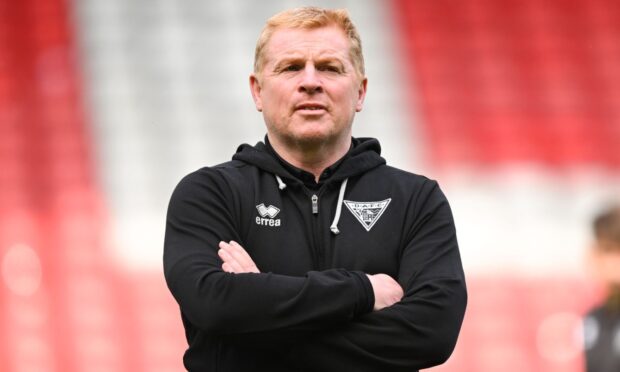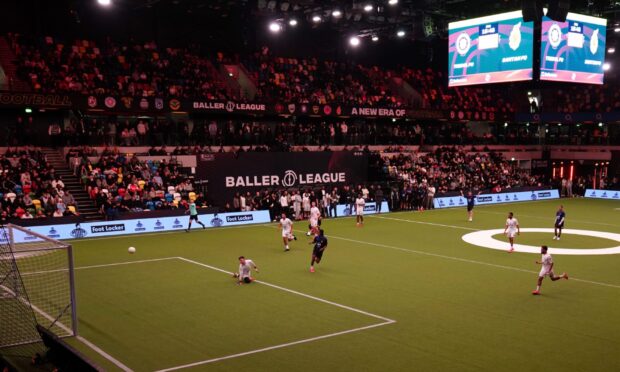As Arbroath’s top scorer Michael McKenna slotted home his penalty on Saturday, he was simultaneously sounding the death knell for Peter Grant’s reign as Dunfermline manager.
The coolly dispatched spot-kick made it 4-2 to the Lichties and jeers rained down from the away section; patience snapped. Again.
It took less than 24 hours for the Dunfermline board to make their decision and part ways with Grant. 156 days at the helm. The second-shortest serving permanent manager in the club’s history.
For all Grant is a diligent, likeable figure, his appointment has, by every conceivable measure, been a disaster.
Mere Championship survival would now be considered success for Dunfermline.
So, how did it come to this?
Big ambitions
It would seem judicious to start at the beginning: Grant’s first press conference.
Confidence; swagger; nonchalantly pointing at middle-distance.
Despite widespread unease and apprehension when Grant’s impending appointment was revealed by Courier Sport, he immediately won over many with his bombast and positivity.
Forget relegation with Alloa — this was a man with a plan. Or so it seemed.
He declared his intention to win the Championship title and provide the Dunfermline faithful with an entertaining, attacking style of football.
“It’s not second place we are looking for. We want to automatically go up,” he beamed.
Admirable sentiments and exactly what punters want to hear from their Pars manager.
But there can be little doubt that those words became a stick with which to beat the embattled coach.
Every defeat took the Fifers further away from that stated goal. Stilted, lop-sided performances belied the notion of creating a swaggering, free-flowing outfit.
That sense of ‘this is not what we were promised’ hung heavy in the air.
Great expectations, punctured
Little did anyone know that Dunfermline’s capitulation against Partick Thistle in their first home Championship fixture would prove to be a sign of things to come.
Lining up in what would become a much-maligned 3-4-3 formation, defensive errors and kamikaze positioning characterised the 3-0 reverse against the Jags.
That would spark a porous run of conceding 14 goals in four matches.
A bright start to life under Grant in the Premier Sports Cup group phase was well and truly forgotten.
Somerset Park backlash
A 3-1 defeat against an Ayr United side which had recently been ravaged by Covid and were, up to that point, without a league victory was a turning point.
Worry and doubt became anger and resentment.
Dunfermline players were subjected to a torrent of abuse from the travelling section and Graham Dorrans — captain that day — was involved in a back-and-forth with the punters.
Dismal in Dumfries
Whether anyone within the walls of East End Park ever admits it, this should have been the end of the road.
Dunfermline, playing a similarly ordinary Queen of the South side, were dreadful in succumbing to a 1-0 defeat.
Grant was at a loss to explain the performance in the aftermath; as downbeat as he has ever looked.
Dunfermline fans vent their fury as Peter Grant heads down the makeshift tunnel pic.twitter.com/1pXON7gX9m
— Alan Temple (@alanftemple) October 2, 2021
There was a sense of inevitability about the situation.
Instead, Grant was afforded another four matches at the helm.
Three draws and a defeat followed which, without such a dire start to the campaign, may have been creditable. In the circumstances, however, it was far from good enough.
That statement
In the aftermath of a rancorous afternoon in Dumfries, the Dunfermline board released a statement backing their manager.
The purpose of the address irked those fans anticipating Grant’s exit.
The content, which included criticising some supporters for ‘unacceptable behaviour’, infuriated them even more.
However, context had much to do with that element of the statement; Courier Sport understands Dunfermline directors had been subjected to abuse and intimidation — both online and in person — in the 48 hours prior.
Nevertheless, sporting director Thomas Meggle did make it clear that ‘results have to change, and quickly’.
Less a vote of confidence; more a stay of execution.
Final stand at Gayfield
And so it proved.
The curtain came down on Peter Grant’s ill-fated spell in charge of Dunfermline following a 4-2 defeat against Arbroath.
Bobby 𝙈𝙁𝙞𝙣𝙜 Linn 💥😱
📹 @officialdafc // @ParsTV_Official pic.twitter.com/OS4JXFy2rT
— Alan Temple (@alanftemple) October 31, 2021
Having raced into a 2-0 lead, the Pars’ collapse was lamentable and, in the eyes of the travelling fans, unforgivable. They made their feelings known at the full-time whistle.
Much of the disorder outside the stadium in the aftermath was performative; a group of rowdy Pars supporters making a show of trying to ‘get at’ the away dressing room and, latterly, the team bus.
It was minor and easily quelled.
Nevertheless, a reign which began with positivity and lofty promises ended with the Dunfermline team bus receiving a police escort out of Gayfield. Grim.
